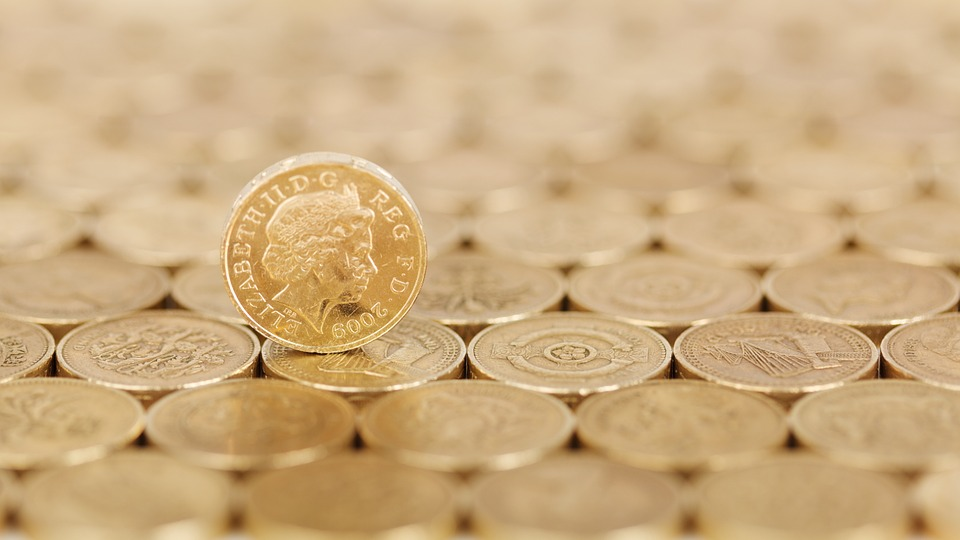The history of money is a long and fascinating one. From coins made of precious metals to modern-day currency and even bitcoin, people have been using various forms of money to buy and sell goods for centuries. Even today, there are many people who collect coins as a hobby, and there is a lot to learn about the origins of money and how it has evolved over time. Here are six key things to know about how people went from coin collecting to bitcoin.
-
The Popularization Of Coin Collecting
Coin collecting became popular in the 18th and 19th centuries. Whenever there’s talk about coin history and stories related to coins, it’s always important to remember the broader context in order to get the full picture. This was a time when there was a great deal of economic and political turmoil, and many people saw collecting coins as a way to preserve their wealth. In addition, coin collecting was seen as a way to educate oneself about different cultures and histories. While this was more popular than ever during this time, it was still very much seen as an activity for those who could afford it. As more and more people began to collect coins, though, they started to form clubs and societies where they could trade and discuss coins with each other.
-
The Emergence Of Coin Grading
The popularity of coin collecting led to the emergence of coin grading, which is the process of assessing and rating the condition of a coin. This became important as it allowed people to more accurately assess the value of their coins. In order to ensure that all coins were graded in a consistent manner, third-party grading agencies were established. The most well-known and respected of these is the Professional Coin Grading Service (PCGS), which was founded in 1986. However, in the early days of coin grading, there was a good deal of disagreement among collectors as to how different coins should be graded. As the value of coins increased, so did the incidence of counterfeiting. This became a big problem for both collectors and dealers, as it was difficult to determine whether a coin was genuine or not.
-
Fiat Currency
In the 1970s, a new type of money called “fiat currency” was introduced. While in previous years, the value of coins was based on the value of the metal that they were made from, fiat currency is not backed by any precious metals. Instead, it is simply declared to be worth a certain amount by the government. The most notable example of this is the US dollar, which became a global currency with the promise that it would be backed in gold. However, relatively soon after the world made this switch, the US stopped backing the dollar with gold – and the first global fiat currency was born. This has caused a great deal of controversy among economists, as fiat currency can be easily manipulated by governments. While some people see this as a bad thing, others believe that it gives governments more control over their economy.
-
Digital Gold Currency
In the 1990s, a company called E-gold began offering a digital gold currency. This was a new way to store and transfer value, and it quickly gained popularity. However, E-gold was eventually shut down by the US government due to concerns about money laundering and other illegal activities. In the wake of E-gold’s shutdown, a number of other digital gold currencies emerged – including GoldMoney, Gold Bullion International, and Goldberg. While these companies were more regulated than E-gold, they still faced many of the same challenges. In particular, it was difficult to convert digital gold back into physical gold. As a result, most of these companies eventually went out of business.
-
Bitcoin
In 2009, a new type of money called “bitcoin” was created. Unlike fiat currency, bitcoin is not controlled by any government or financial institution. Instead, it is a decentralized digital currency that can be used to buy goods and services online. Bitcoin is often referred to as “digital gold”, as its value is based on the number of bitcoins in circulation – just like gold. Over the past few years, bitcoin has become increasingly popular, and its value has skyrocketed. In fact, it has been called “the future of money”. While there are still some concerns about bitcoin’s security and stability, many people believe that it is here to stay.
The history of money is fascinating, and it’s clear that we’ve come a long way from the early days of coin collecting. Today, there are a variety of different ways to store and transfer value – and each has its own advantages and disadvantages. With so many options available, it’s important to stay informed about the latest trends in the world of money.



